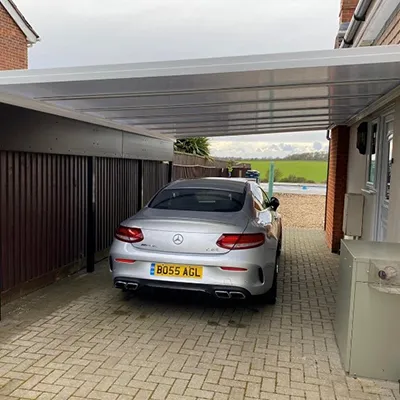The Charm and Utility of Verandas: A Comprehensive Guide to UK’s Favourite Outdoor Spaces
The Charm and Utility of Verandas: A Comprehensive Guide to UK’s Favourite Outdoor Spaces
A veranda, often referred to as a porch or gallery, is a roofed, open-air gallery or porch, typically extending along the outside of a building. Originating from the Hindi word ‘verandah,’ this architectural feature became popular during the colonial era, blending aesthetic appeal with functionality.
Historically, verandas served as a space for social interactions and relaxation, providing shade and shelter from the elements. Their significance in architectural design lies in their ability to seamlessly connect indoor and outdoor spaces, enhancing the aesthetic charm of a home while offering practical benefits like additional living space and protection from the weather.

The Popularity of Verandas in the UK
In recent years, the UK has seen a surge in the popularity of verandas, driven by the increasing desire for versatile outdoor living spaces. This trend can be attributed to several factors, including the UK’s unpredictable climate, which makes a sheltered outdoor area highly desirable.
Verandas offer a perfect solution for those who wish to enjoy the beauty of their gardens or outdoor spaces, regardless of the weather. Furthermore, the cultural inclination towards spending quality time outdoors, be it for entertaining guests, dining, or simply unwinding, has spurred this demand.
Incorporating a veranda into a home not only enhances its aesthetic appeal but also increases property value, making it a sought-after addition in UK homes. As homeowners look to blend functionality with style, verandas have become a quintessential feature of modern British architecture.
Historical Overview
Evolution of Verandas in the UK
The concept of verandas was introduced to the UK through cultural exchanges and colonial influences. Initially adopted from Indian and Australian architectural styles, verandas quickly became a staple in British homes during the 19th century. These structures provided a seamless transition between indoor and outdoor spaces, offering protection from the unpredictable British weather.
During the Victorian era, verandas became an essential feature in homes, often adorned with intricate ironwork and elaborate designs. The Edwardian period saw a shift towards more straightforward and functional designs, reflecting the changing architectural trends. As we moved into the modern era, verandas evolved to incorporate contemporary materials like glass and aluminium, blending traditional charm with modern aesthetics.
Iconic UK Buildings with Verandas
The UK boasts several iconic buildings that feature stunning verandas, each showcasing the architectural evolution over the centuries. In the Victorian era, buildings like Osborne House on the Isle of Wight, Queen Victoria’s summer residence, featured grand verandas with detailed ironwork, highlighting the era’s penchant for elaborate designs.
Moving into the Edwardian period, the use of verandas in buildings like the White Lodge in Richmond Park demonstrated a shift towards simplicity and functionality. These verandas were less ornate but still served as a crucial element of the overall design.
In the modern era, structures like the Glass House by Philip Johnson showcase the innovative use of materials, with verandas blending seamlessly into the minimalist design. These examples reflect the enduring significance of verandas in UK architecture, evolving to meet changing tastes and technological advancements while maintaining their core purpose of enhancing outdoor living spaces.
Types of Verandas
A veranda can instantly enhance your outdoor living space, creating an inviting sanctuary to relax and entertain. When choosing the perfect veranda for your home, consider these standout options that cater to various tastes and requirements:
Bosco Series: Renowned for its classic and versatile design, the Bosco Series blends effortlessly with any home style. Its timeless appeal makes it an ideal choice for those seeking an elegant yet functional addition to their outdoor space.
Giallo Series: The Giallo Series exudes a sleek and minimalistic charm, perfect for those who appreciate clean lines and contemporary aesthetics. This modern veranda design enhances your home’s exterior while providing a chic area to unwind.
Nebbiolo Series: Characterised by a slim and elegant design, the Nebbiolo Series offers a sturdy yet timeless appeal. Its refined structure ensures durability while adding a touch of sophistication to your garden or patio.
Pigato Series: For those who crave luxury, the Pigato Series is a top contender. Featuring a robust aluminium structure with safety glass roofing options, this veranda exudes opulence and provides superior protection against the elements.
Trebbiano Series: The Trebbiano Series boasts a flat roof design with a modern, cubistic style, making it a perfect fit for contemporary homes. Its unique architectural flair ensures that your veranda stands out as a striking focal point.
Verdeca Series: If flexibility is your priority, the Verdeca Series’ folding roof system offers versatile coverage and sleek aesthetics. Whether you desire an open-air feel or shelter from the elements, this adaptable veranda caters to your needs with ease.
Ribolla Series: The Ribolla Series is a detached veranda that offers versatile placement options within your garden. Its freestanding design allows for creative positioning, providing a tranquil retreat or a lively entertainment area anywhere in your outdoor space.
By exploring these diverse veranda options, you can find the perfect match for your home’s style and your personal preferences, transforming your outdoor area into a haven of comfort and elegance.
Benefits of Having a Veranda
Adding a veranda to your home can provide numerous advantages, both functional and aesthetic. This versatile outdoor structure not only enhances your living experience but also adds significant value to your property.
Functional Benefits
Increased Living Space: One of the most notable functional benefits of having a veranda is the extra living space it offers. This additional area can be utilised for various activities such as lounging, dining, or entertaining guests. It seamlessly extends your indoor living space, providing a comfortable and sheltered environment to enjoy the outdoors.
Protection from Weather Elements: A veranda acts as a protective shield against various weather conditions. Whether it’s providing shade during hot summer days or sheltering you from rain, a veranda ensures you can enjoy the outdoors regardless of the weather. This makes it a perfect spot for year-round relaxation and activities.
Added Property Value: Investing in a veranda can significantly increase the value of your property. Homebuyers often appreciate the added outdoor living space, and a well-designed veranda can make your home more appealing in the competitive property market. It is a valuable asset that enhances both the functionality and desirability of your home.
Aesthetic Benefits
Enhancing the Visual Appeal of the Home: A well-crafted veranda can greatly enhance the aesthetic appeal of your home. With various designs and materials to choose from, you can select a veranda that complements your home’s architectural style and personal taste. It adds a touch of elegance and charm, making your property stand out.
Creating a Seamless Transition Between Indoor and Outdoor Spaces: A veranda serves as a beautiful bridge between your indoor and outdoor living areas. It creates a smooth and inviting transition, allowing you to move effortlessly between the two spaces. This integration enhances the overall flow and cohesiveness of your home’s design, making it more harmonious and enjoyable to live in.
Furthermore, a veranda is a valuable addition to any home, offering both practical and visual benefits. By increasing your living space, protecting yourself from the elements, and enhancing your property’s appeal, a veranda can transform your outdoor area into a delightful extension of your home.

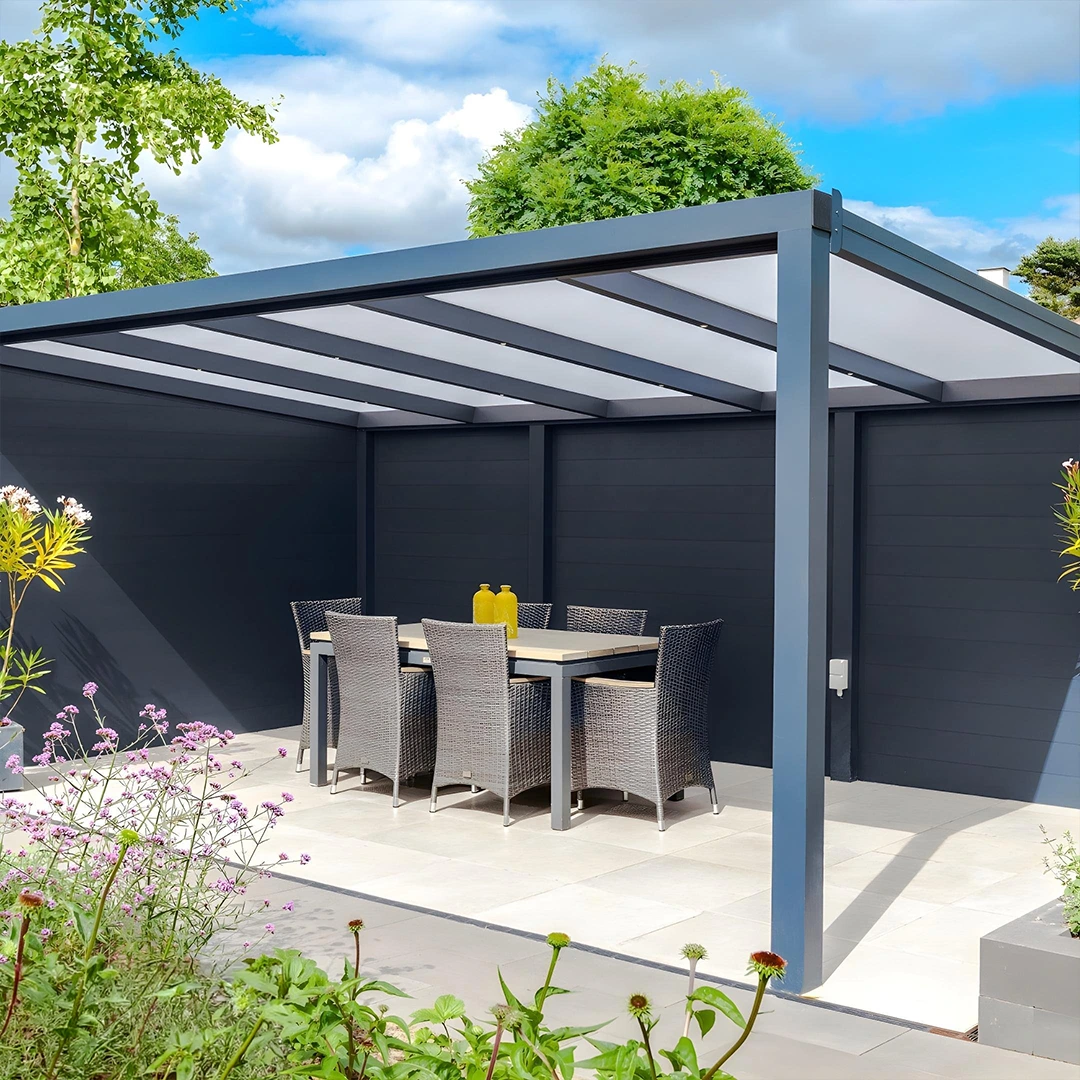
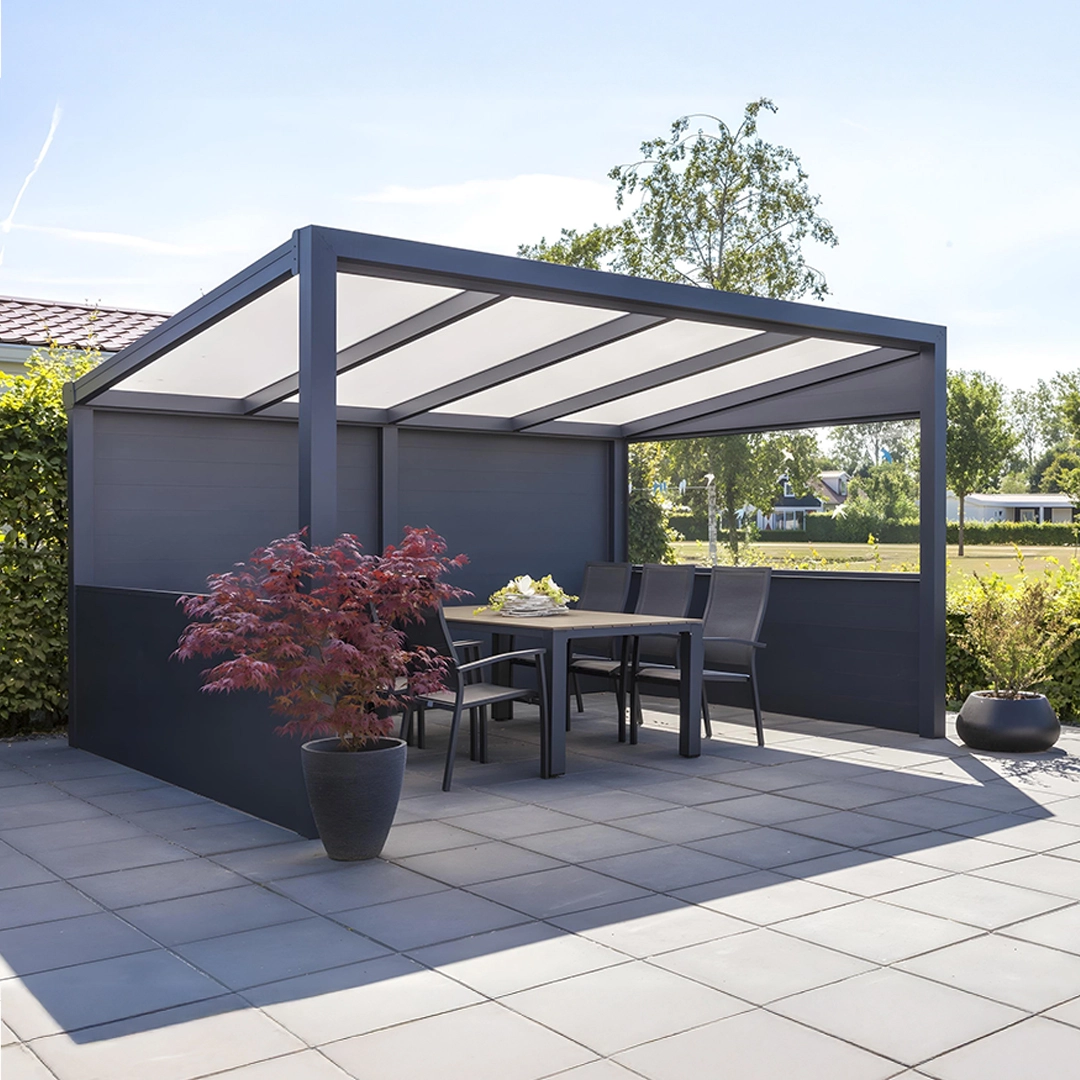
Planning and Designing a Veranda
Creating the perfect veranda involves meticulous planning and thoughtful design. Here are some key considerations and design tips to help you craft an inviting and functional outdoor space.
Key Considerations
Budget, Space, and Intended Use: Before you embark on your veranda project, it’s crucial to establish a clear budget. This will help you make informed decisions regarding materials, design, and additional features. Assess the available space and consider how you intend to use the veranda—whether for dining, lounging, or entertaining guests. This will guide you in selecting the most suitable design and layout.
Local Building Regulations and Permissions: It’s essential to familiarise yourself with local building regulations and obtain any necessary permissions before starting construction. Regulations may vary depending on your location, and adhering to them ensures that your veranda is safe, legal, and up to code. Consulting with a professional can help you navigate these requirements seamlessly.
Design Tips
Optimal Placement and Orientation: When designing your veranda, consider its placement and orientation to maximise its functionality and comfort. Position the veranda to take advantage of natural light and prevailing winds, ensuring it offers protection from harsh weather conditions. Additionally, think about the view and how the veranda will fit into your overall garden layout.
Integrating with the Existing Architectural Style: To create a cohesive and harmonious look, design your veranda to complement the existing architectural style of your home. Whether your home boasts a modern, traditional, or eclectic design, choose materials, colours, and finishes that blend seamlessly with the existing structure. This integration enhances the overall aesthetic appeal and ensures that the veranda feels like a natural extension of your home.
Overall, careful planning and thoughtful design are essential when creating a veranda that is both functional and visually appealing. By considering your budget, space, and intended use, adhering to local regulations, and focusing on optimal placement and architectural integration, you can craft a beautiful and practical outdoor space that enhances your home’s charm and value.
Building a Veranda
Constructing a veranda can be an exciting and rewarding project. However, one must decide between taking the DIY route or hiring professionals. Both approaches have their advantages and disadvantages.
DIY vs. Hiring Professionals
Pros and Cons of Each Approach: Opting for a DIY veranda project can be highly gratifying. It allows you to save on labour costs and gives you complete control over the design and construction process. Additionally, the sense of accomplishment that comes with building your own veranda is immeasurable. However, it’s important to acknowledge the potential drawbacks. DIY projects can be time-consuming and require a considerable amount of effort. If you lack the necessary skills and experience, you might encounter challenges that could compromise the quality and safety of the veranda.
On the other hand, hiring professionals offers a host of benefits. Experienced professionals, such as Style Superior Windows & Conservatories, your local veranda specialist, can ensure a high-quality build, adhering to all relevant regulations and standards. They have the expertise and tools to complete the project efficiently and safely. However, this approach is typically more expensive due to labour costs. Yet, the investment can be worthwhile for the peace of mind and excellent results it guarantees.
Essential Tools and Materials Needed for DIY: If you decide to undertake the project yourself, you will need a variety of tools and materials. Essential tools include a saw, drill, level, measuring tape, and hammer. Additionally, you will need materials such as wood or aluminium beams, screws, nails, brackets, and roofing materials. It’s crucial to plan meticulously and ensure you have all the necessary items before commencing the project to avoid delays and complications.
Hiring Professionals for a Simplified Experience
Choosing to hire professionals like Style Superior Windows & Conservatories can simplify the entire process. These experts bring a wealth of experience and knowledge, ensuring that your veranda is built to the highest standards. From initial planning and design to the final touches, they handle every aspect of the project, allowing you to relax and look forward to enjoying your new outdoor space. Furthermore, professionals can provide valuable advice and recommendations tailored to your specific needs and preferences, ensuring that your veranda perfectly complements your home.
Whether you opt for the DIY route or hire professionals, building a veranda can significantly enhance your home’s functionality and aesthetic appeal. Carefully weighing the pros and cons of each approach and considering your skills and resources will help you make the best decision for your veranda project.
Maintenance and Upkeep
Proper maintenance and upkeep of your veranda are essential to ensure its longevity and keep it looking its best. Here are some practical tips to help you maintain your veranda effectively.
Routine Maintenance Tips
Cleaning and Treating Materials: Regular cleaning is crucial for maintaining the appearance and durability of your veranda. For wooden verandas, use a mild detergent and a soft brush to remove dirt and debris. Follow up with a suitable wood treatment to protect against moisture and pests. For aluminium or steel structures, a simple wipe-down with a mild soapy solution will keep them looking pristine. Don’t forget to clean the roofing materials, whether they are glass or polycarbonate, to ensure maximum light penetration and a spotless finish.
Seasonal Checks and Repairs: Conducting seasonal checks can help you identify and address any potential issues before they escalate. Inspect the veranda for signs of wear, such as loose screws, cracked tiles, or peeling paint. Address these minor repairs promptly to prevent more significant problems. During winter, ensure that snow and ice do not accumulate on the roof, as this can add undue weight and stress to the structure. Regularly checking and maintaining your veranda will keep it in top condition year-round.
Common Issues and Solutions
Dealing with Wear and Tear: Over time, verandas can show signs of wear and tear, especially in high-traffic areas. Address these issues by sanding down rough spots, repainting, or resealing surfaces as needed. Regular maintenance, such as reapplying protective coatings and checking for rust or rot, will help prolong the life of your veranda and keep it looking fresh.
Preventing and Addressing Structural Problems: Structural problems, such as sagging beams or unstable foundations, can compromise the safety and stability of your veranda. To prevent these issues, ensure that your veranda is built on a solid foundation and use high-quality materials. Regularly inspect the structural integrity of your veranda, paying close attention to joints, supports, and connections. If you notice any signs of structural problems, such as cracks or shifting, consult a professional to assess and repair the damage promptly.
By following these maintenance tips and addressing common issues, you can ensure that your veranda remains a beautiful and functional addition to your home for years to come. Proper upkeep not only enhances the appearance of your veranda but also extends its lifespan, allowing you to enjoy your outdoor space to the fullest.
Conclusion
Recap of the Benefits of Verandas
Throughout this article, we’ve explored the myriad benefits that verandas offer. From increasing your living space and providing protection from weather elements to enhancing your home’s visual appeal and adding significant property value, verandas are a versatile addition to any residence. Their ability to create a seamless transition between indoor and outdoor spaces further underscores their appeal. In the UK, the trend of adding verandas is gaining momentum as homeowners recognise the functional and aesthetic advantages they bring.
Encouragement to Consider Adding a Veranda
In conclusion, adding a veranda to your home can transform your outdoor space into a haven of comfort and elegance. Whether you seek a stylish area for relaxation, a practical space for entertaining, or a valuable home improvement that enhances your property’s appeal, a veranda is an excellent investment. We encourage you to explore the various veranda options available and consider how they can elevate your home. Embrace the opportunity to extend your living space and enjoy the outdoors in style—take the first step towards creating your dream veranda today.
For a seamless experience and expert assistance, contact Style Superior Windows & Conservatories Ltd for a quote. Our team of professionals will help you design and build the perfect veranda to complement your home. Transform your outdoor space with ease—reach out to Style Superior Windows & Conservatories Ltd today!
Glossary of Terms
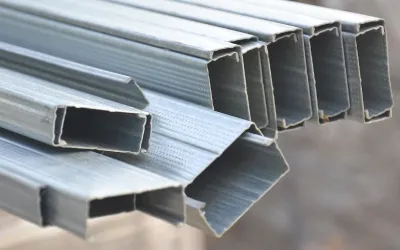
Aluminium Beams
Structural components made from aluminium, commonly used in veranda construction for their lightweight and corrosion-resistant properties.
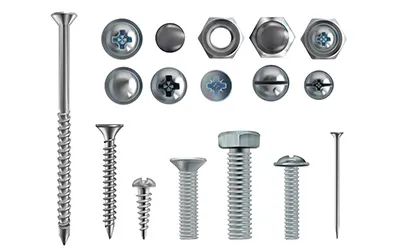
Fasteners
General term for screws, nails, bolts, and other devices used to join veranda components together.
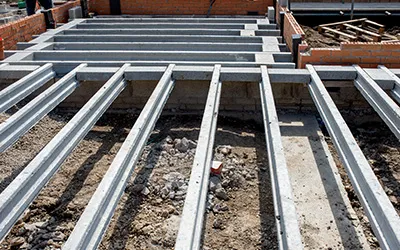
Foundations
The base or substructure on which the veranda is built, ensuring stability and strength.

Glass Roofing
Roofing material made of safety or tempered glass, providing transparency and durability.
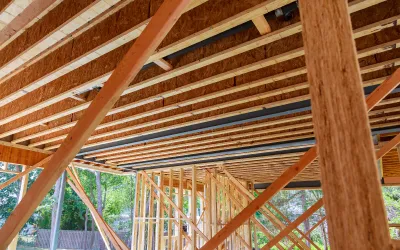
Joists
Horizontal structural elements that support the veranda’s floor or roof, often made of wood, steel, or aluminium.
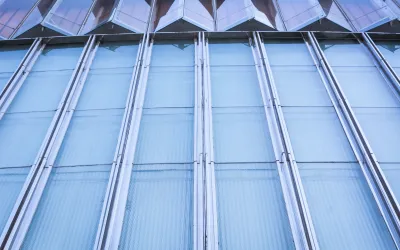
Polycarbonate Sheets
Lightweight and durable roofing material, known for its high impact resistance and transparency.

Rafters
Sloped beams that extend from the veranda’s ridge to the perimeter, supporting the roofing material.

UV-Resistant Coatings
Protective layers are applied to materials like polycarbonate or timber to prevent damage from ultraviolet radiation.



